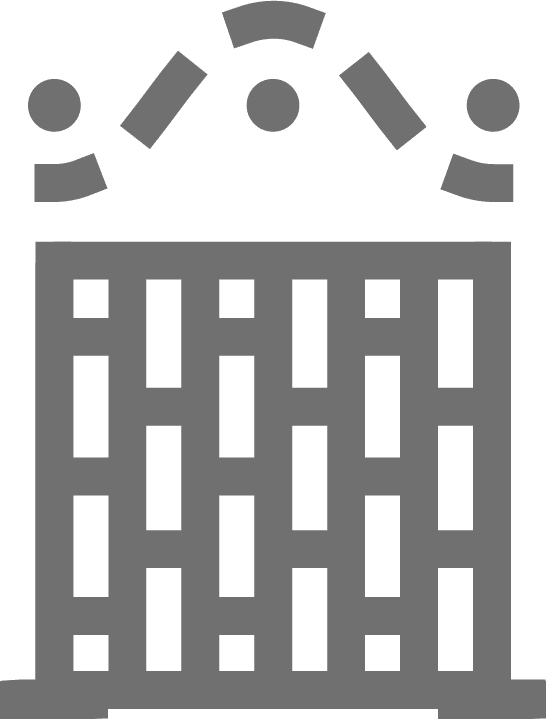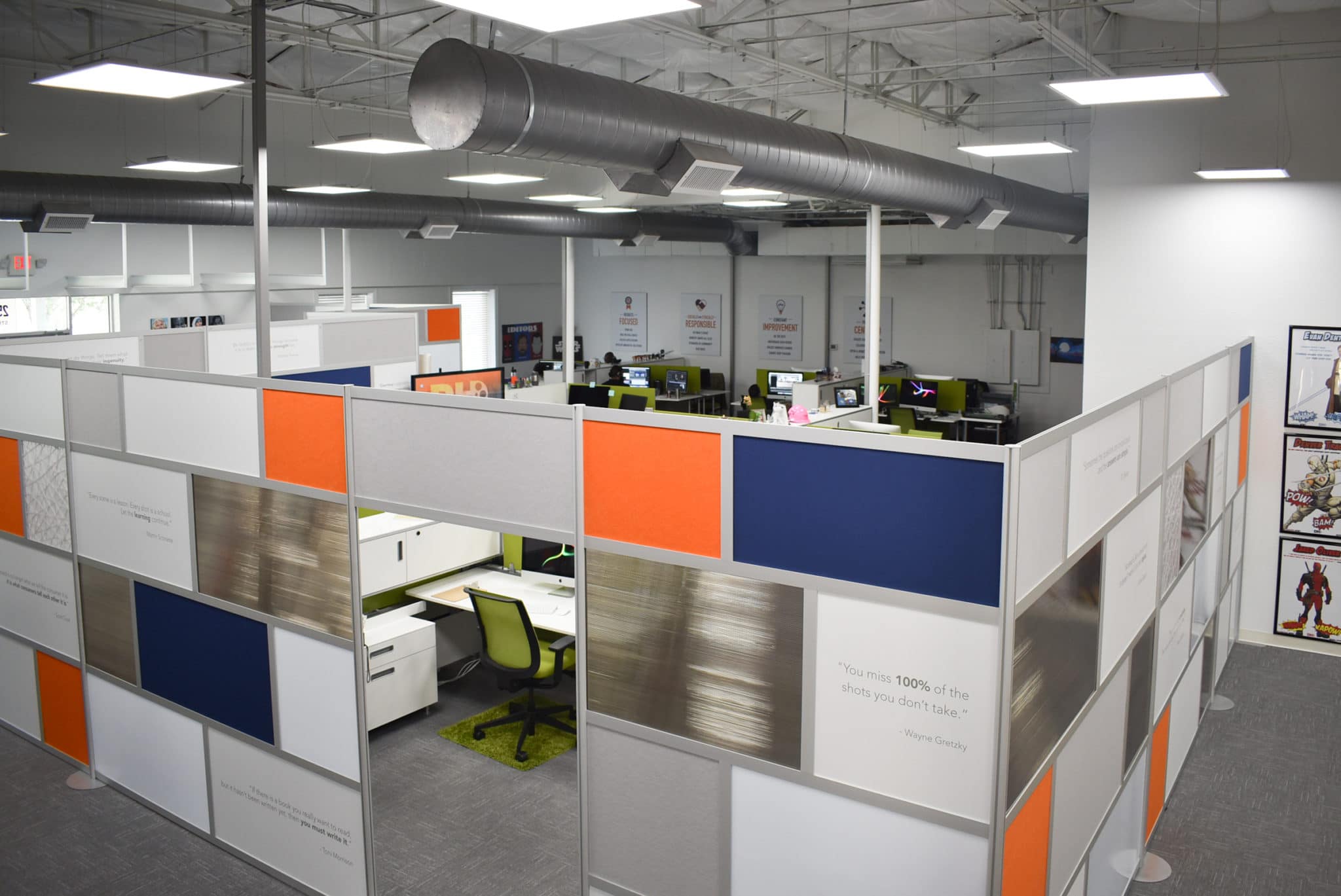Spearheaded by the Silicon Valley Goliaths such as Facebook and Google (and the tech startup “Davids”), the open office continues to gain traction across the country. Dealers and business owners are quickly realizing the benefits of dynamic office spaces that give employees more control over where and how they work. For dealers, this means assisting business owners to help create more effective collaborative areas in addition to private space.
Where Does Privacy End and Collaboration Begin?
Business owners are beginning to realize the need for more quiet spaces within the open office. The lines are still blurred between space for individual focused work and group-oriented dialog and/or collaboration. How to tastefully and effectively define collaborative space is a tricky process for dealers. The choices you make for your client will leave a lasting impression for better or worse.
The key is giving employees a choice to mold their work environment as they see fit. This is not to suggest there should be harsh lines between collaborative and private working areas. Does the company emphasize large group collaboration, isolated tasks or the collaboration of small teams of 2 or 3? How can all three be meshed in a single office?
Setting Visual Boundaries
Modular office dividers come in handy when setting visual boundaries, but are not the only way to define space visually. Invoking nature, naturally or artificially (even through designs on room partitions), can boost employee happiness while providing some semblance of visual privacy. Plants, paintings and nature-themed designs can help suggest a shift in atmosphere, mood and functionality of a space. Likewise, taking advantage of natural light while still keeping visual distractions at bay is a skill any designer or dealer should have up their sleeve.
Be Mindful of Acoustics
Creating acoustic privacy can be more complex than visual privacy. Since sound can travel around and through materials at varying levels, it’s difficult to completely shut down audible distractions in an open office environment. Take into account the materials of the furniture and even the office dividers you suggest to clients. Wool, for instance, has excellent sound absorption potential as well as naturally neutralizing harmful VOC’s in the workplace. Rather than wall off an area entirely, soft furniture and a few well-placed partitions can be all you need to turn a space into something employees love.
Due Diligence Matters for Building Open Office Solutions
As personnel and services change, offices must adapt on the fly. Striking the correct balance of privacy and collaboration isn’t simple and requires due diligence from dealers. Before you embark on designing a collaborative space, have a strong grasp on the company culture and varying employee work styles and needs. Interviews with individual employees, while requiring more of your time, will show not only your dedication to the client, but provide guidance for working solutions.





















